This is a traditional maharashtrian recipe and is usually prepared during the month of shraddh while they do shraddh pooja in their homes. Shraddh or also known as pitru paksh is observed in the month of september -october immediately after the Ganesh festival on the full moon day till the new moon day.
So during these sixteen days people pay homage and perform some shraddh pooja with all the family member for their ancestors. They offer different kinds of food and even offer them to the Brahmins and to cows, crow and dogs. This is the time when all the family memebers are together and perfom pooja and have food together.
This time we have decided to perform our grandfather’s shraddh at our place. We generally prepare rice kheer also known as dudhpak in gujarati. It is prepare from milk and rice. This rice kheer is also considered to cool our body from the october heat or bhadharwa month garmi. The other accompaniments are puri, rice, dal or kadhi, some vegetable (brinjal/mixed cauliflower / lady’s finger/ potato) and farsan. But all these food items should not have onion and garlic in them as they have to be eaten along with rice kheer which is prepared from milk. And so i wanted to prepare these shraddh vada at my place because it does not contain garlic and onion and also the name itself signifies its importance during the shraddh. When i was in 11th and 12th standard, i was at ahmedabad and was staying with a maharashtrian family.They use to perform this shraddh pooja every year and they made always these vadas on these occasion. This is the traditional which their ancestors followed.These vadas are really yummy, crisp and blended with all the flavors of curry leaves, ginger, green chilli and coriander.and no one can just eat them one. We used to just feast on this vadas for the whole day. They tasted equally good when cold and hence use to eat them again with the afternoon tea. So I was keen to make them on this shraddh occassion at my home. I called my aunt in ahmedabad and took the recipe from her. She advised me with some care to be taken while making these vadas and some tips while making vada. I have mentioned them for you. I just tried the recipe as per her instructions at my home. But during my first attempt with it the vadas did not came crispy as we use to have at her home. The taste was perfect but there was no crispiness in it and they seemed to be densed. so tried my hands on it next day for my sons lunch box. This time i ground the flour more and made it almost like semolina texture and then increased the proportion of water to flour. My aunty told me the recipe will have same 1:1 ratio for flour and water. And this time the vadas came up super crisp and soft and everyone in my mother in law after tasting them gave me permission to make them for the whole family. And believe me I had made them twice on the day of shraddh and they just were enjoyed by all. Thy were hit in my family and loved by all from kids to old. Since they were finished in the afternoon and my jijaji was coming in the evening for dinner i made them again in the evening and they were fininshed fast again.
So enough of my talks .
This recipe has two stage. I have narrated both the steps in the recipe below
1. To prepare the dry flour mixture (shraddh vada flour).
2. making of shraddh vada.
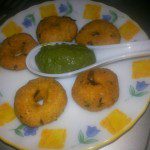
Shraddh Vada
Ingredients
Shraddh vada flour
- 3.5 cup whole rice
- 1.5 cup chana dal (split yellow gram)
- 0.5 cup urad dal (split black lentils)
Shraddh vada
- 1 cup shraddh vada flour
- 1.25 cup water
- 2 tbsp oil
- 1 tsp asafoetida
- 1 tsp turmeric powder
- 20 curry leaves (kadi patta. nicely washed and chopped)
- 0.5 cup coriander (nicely washed and chopped)
- 1 tbsp sesame seeds
- 1 tbsp ginger paste
- 1 tbsp green chilli paste. (can be added more or less as per taste)
- 2 tbsp green chilli chopped
- 2 tsp red chilli powder I used kashmiri red chilli powder. it can be added more or less as per taste
- salt as per taste
Instructions
Shraddh vada flour
- Grind all the ingredients in the dry mixer grinder. It should have the texture like fine semolina (sooji). If you get more coarse mixture while grinding then try to grind more and if still you have coarse mixture then can sieve the mixture through the semolina sieve. If the mixture will be too coarse then when we prepare vada from it will become rough and grainy and you wont get the crispy taste in it.

Shraddh vada
- Put a thick bottom pan on flame. Add oil the pan. When it is heated add asafoetida, turmeric powder, curry leaves, sesame seeds, chopped green chilli, ginger paste, chilli paste, red chilli powder and salt as per taste. saute it for few seconds.

- Add water in it.

- Add coriander leaves to it and bring it to a boil.

- As soon as the water boils add the flour and switch off the flame. stir the flour mixture nicely so that no lumps are formed and then cover the pan and keep aside to cool till lukewarm.

- After the flour mixture is lukewarm remove it in a plate. Grease your palm with the oil and then knead the mixture till smooth like dough. The more you knead till the mixture the nicer the vada becomes. Smoothen the mixture and form a log from it. Grease the palm again. Take a ball from the mixture and roll it nicely to a lemon size ball. Flatten the ball and make a hole in it as shown in the picture. Shape all the other vadas in the similar way. Keep aside.

- Heat sufficient oil in the kadai or heating wok. To check whether the oil is heated drop a small ball of the flour mixture into it. If the ball comes up immediately then the oil is nicely heated but if the ball stays in the bottom and comes up slowly then the oil is not ready and wait till it is heated. Once the oil is ready drop one by one vadas and then lower the flame and fry till golden and crisp. Do not overcrowd the kadai while frying. I generally fry four vadas at a time. Remove the vadas on the absorbent paper and serve them hot with corainder-peanut chutney. The vadas can also be relished once cool.

Notes
- The grounded flour mixture should not be coarse. It should have the texture like fine semolina or sooji. If while grinding in the mixture jar you do not get the required texture then just sieve it. If the mixture is coarse the vada will become dense and you will not get the desired crispiness in it. Grind the flour with the given proportions.
- While boiling the flour for making vada the water and flour ratio should be maintained. Whatever size of cup you measure the for the flour the same cup should be taken for measuring water.
- The water should not overboil . after one boil immediately add the flour to it and switch off the flame otherwise the water ratio will become less and you dont get a soft dough.
- if even after following these instructions while kneading the mixture if you find it dry and not soft then add a tablespoon or two of lukewarm water while kneading and make your dough soft.
- Dont add more oil. Only two tablespoon is required while making vada dough for one cup of flour. More oil will break the vadas while frying and will absorb extra oil.
- While frying the oil should be nicely heated the do not overcrowd the heating wok with too many vadas. i generally add four at a time. lower the heat of the wok once you drop vadas and then fry them till golden.
- Making hole in the centre of the vadas ensures that they cook evenly from all the sides.
- The masalas added should be strong so that they retain the taste even after boiling and frying stage.

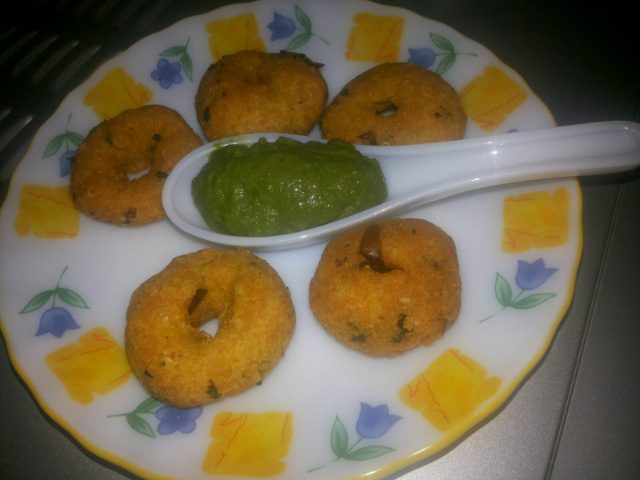

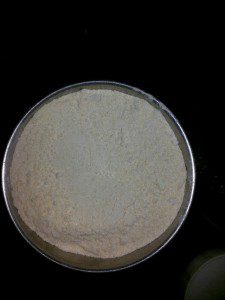
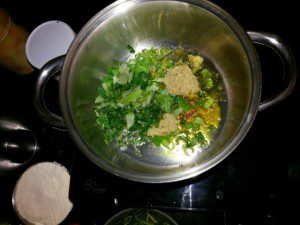
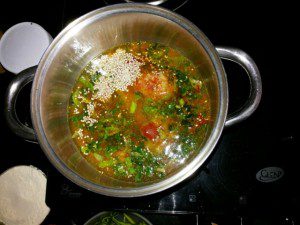
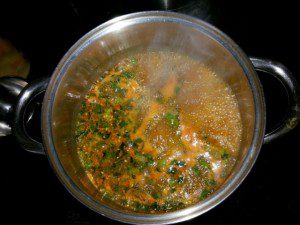
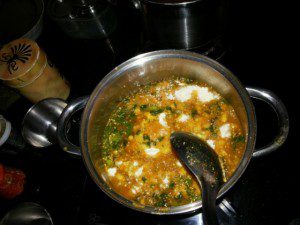
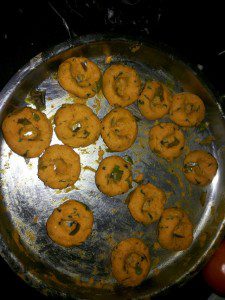
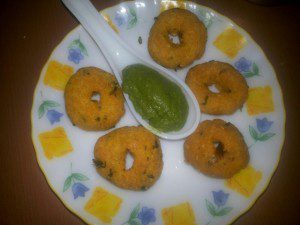

so tempting..
Hi. Please advise.
For flour you have ground 5 cups in total, but the acutal recipe asks for 1 cup flour to the rest of the ingredients. Is the 1 cup correct?